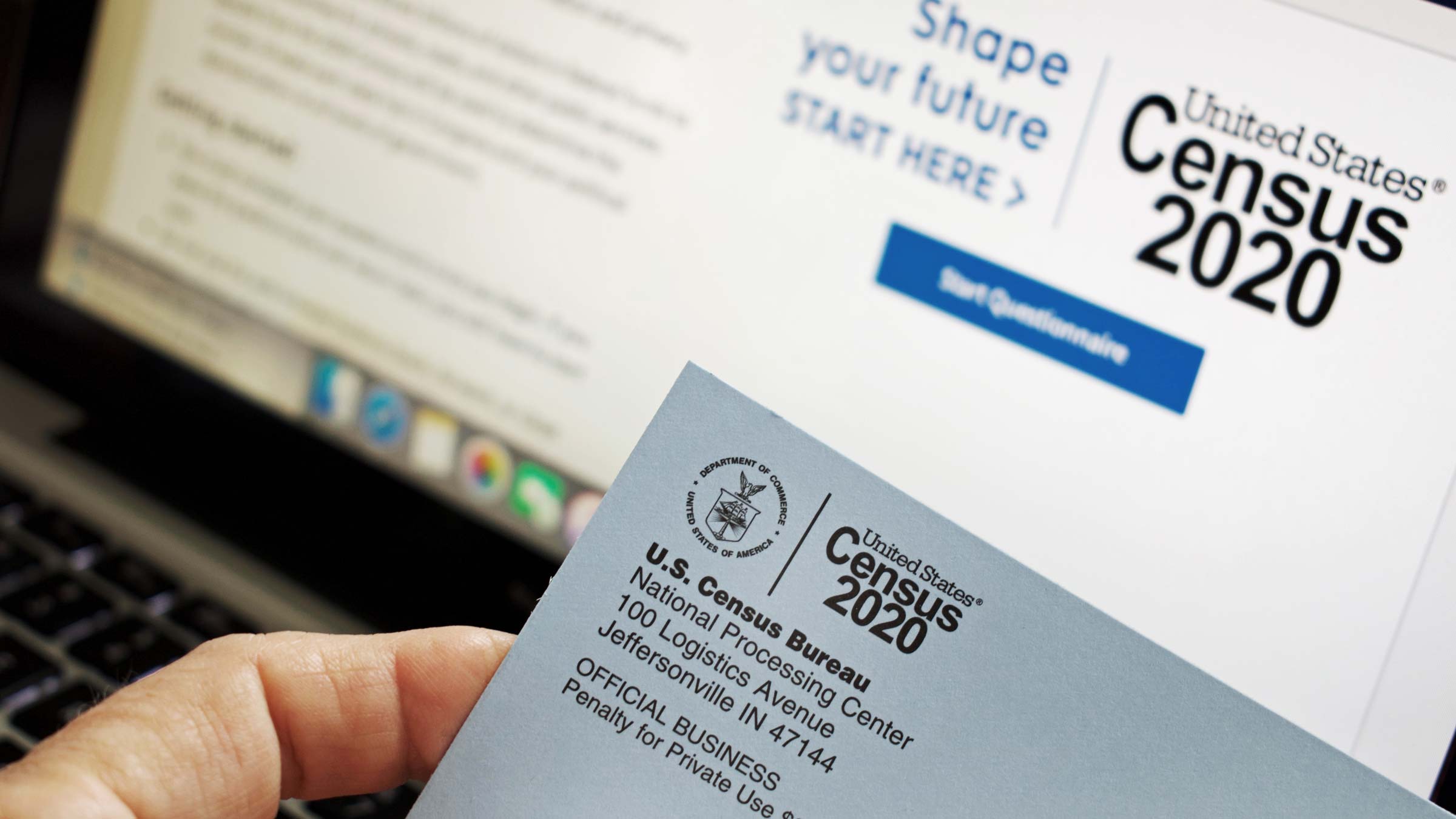Did you hear the one about how to handle online rumors and unverified information effectively?
We’ve all felt silly sharing something on social media only to find out later that it was a hoax. As reporters and media professionals, though, we have a special responsibility to verify information and debunk rumors. Reporting on what you’ve learned when you attempted to verify a viral video or refute a rumor can help your audience understand the media landscape and bolster your credibility. Sharing your findings in the right way is key to transparency and engagement.
The webinar offers tips and strategies for dealing with the onslaught of questionable viral content, fake news articles, rumors and other unverified information that spreads online. Should you cover something just because it’s already being talked about? How can you ensure you don’t get taken in by a hoax? What’s the right way to share your reporting on a rumor without spreading it? Join this webinar to answer these and other questions.
WHAT WILL I LEARN
- Why and how rumors spread online
- Who the hoaxers are, which news sites are fakes and other bad actors who try to ensnare journalists
- How to spot the telltale signs of a questionable viral story
- Effective strategies for debunking rumors and stopping the spread of misinformation
- Best practices for covering rumors and unverified claims
WHO SHOULD TAKE THIS COURSE:
Bloggers, writers, reporters, editors, teachers and anyone who is interested in going beyond routine fact-checking to learn about how rumors spread and how to debunk them.
COURSE INSTRUCTOR:

Craig Silverman
Craig Silverman (@craigsilverman) is the founding editor of BuzzFeed Canada and a leading expert on media errors, accuracy and verification.





